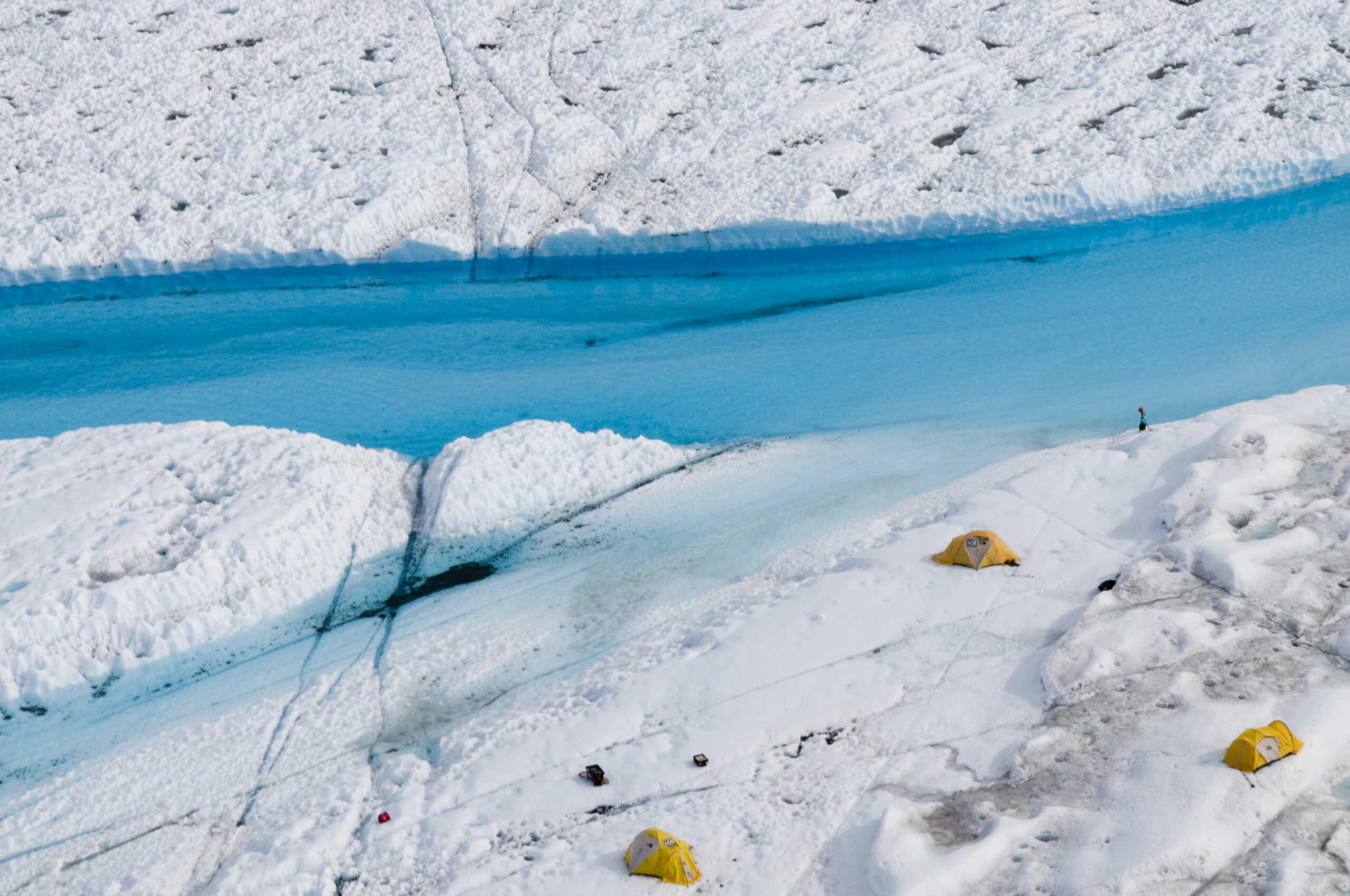
Reducing black carbon and methane
Carbon dioxide is the usual culprit named in forcing global climate change. But Jon Kahn says there are other climate pollutants too. Reducing them will also help reduce Arctic warming. This article originally appeared in The Circle 03.15.
Known as short-lived climate pollutants, black carbon, hydroflurocarbons, methane and tropospheric ozone are contributing to global warming and directly warming the Arctic. These pollutants have a relatively short lifetime in the atmosphere – anywhere from a few days to a few decades. They have a warming influence on climate, are dangerous air pollutants and cause numerous detrimental health effects such as respiratory and heart disease, as well as impacting agriculture and ecosystems.
Black carbon in the Arctic also affects the albedo – the reflection of light off snow and ice. As black carbon is deposited, snow and ice absorb more heat resulting in faster melting. Since these are short-lived climate pollutants with a brief life span, reducing them results in fast, positive results for both climate and health – a good reason to act immediately.
The sources of black carbon and methane emissions affecting the Arctic are: the oil and gas sector; waste; domestic burning; shipping and other modes of transportation; agricultural burning; other industry and agricultural sources and natural sources including wildfires and wetlands. It is very positive that during its chairmanship the US will look more closely at flaring – the burning of natural gas that cannot be processed or sold. Flaring disposes of the gas but releases emissions into the atmosphere. The potential for reducing emissions in this sector is also high, but we need a better understanding of these emissions.
Great gains can be made in reducing pollutants in all sectors through better combustion techniques and technologies, better controls and higher standards. However, a lot can be achieved through existing technology. If the maximum technologically feasible mitigation of black carbon and ozone precursors are applied globally, the Arctic Monitoring and Assessment Programme – one of the working groups of the Arctic Council – estimates Arctic warming could be reduced a quarter degree by 2050.
The Arctic Council has studied this problem for many years. The ministerial meeting in Kiruna, 2013 during the Swedish chairmanship, appointed a special task force to develop a framework to reduce black carbon and methane emissions in the Arctic. As co-chairs, France Jacovella from Canada and I helped task force nations agree on a framework that will result in more intense action from all Arctic countries to limit emissions. These countries are asked to report on emissions and efforts biannually. A special expert group will make policy conclusions based on this and other data for further consideration by the Arctic Council. Based on these conclusions the Arctic Council will also consider setting quantitative targets by the next ministerial meeting in 2017. The US chairmanship is now advancing this work.
While Arctic countries are estimated to be responsible for 30 per cent of Arctic warming due to black carbon, observer states to the Arctic Council are also contributors. These 12 non-Arctic observer states are therefore invited to join the effort to combat climate change and reduce short-lived climate pollutants. The Nordic Environment Finance Corporation (NEFCO), financed by Arctic countries, has now started to fund projects such as black carbon reduction in Karelia, Finland including replacement of diesel generators and wood gasification, and a wind turbine diesel project at a reindeer herding collective in Murmansk.
When it comes to reduction of black carbon and methane emissions, renewable energy such as wind can play a key role. Replacement of old equipment and stricter emission limit values are also needed to reduce black carbon emissions from domestic burning of biomass. Reducing black carbon and methane emissions could go hand in hand with the promotion of renewable energy provided the best technology is used.
JON KAHN is director of the Ministry of Environment and Energy, Sweden.
